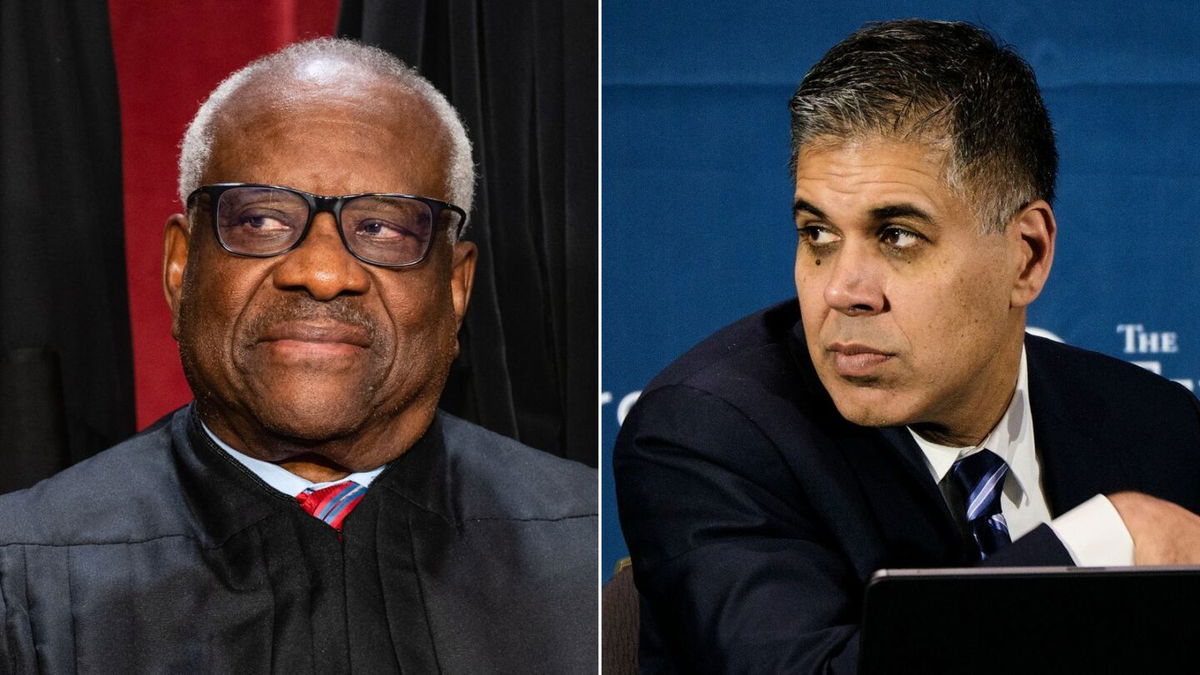Federal courts won’t refer Clarence Thomas for DOJ investigation – Federal courts won’t refer Clarence Thomas for a Department of Justice investigation. This decision, sparking considerable debate, highlights the complex interplay between the judicial branch’s independence and the need for accountability within the highest levels of the US government. The ruling raises crucial questions about ethical standards for Supreme Court justices and the limits of investigative power, leaving many wondering about the implications for public trust and the future of similar cases.
This situation underscores the delicate balance of power between the three branches of government. The separation of powers doctrine is central here, preventing undue influence of one branch over another. However, this principle also raises concerns about potential unchecked misconduct if there are no effective mechanisms for investigation and accountability within the judiciary itself. The lack of a referral to the DOJ leaves the public to consider the potential consequences for the Supreme Court’s legitimacy and public perception.
So, the Federal courts decided against referring Clarence Thomas for a DOJ investigation. It’s a big deal, and you can imagine how many different opinions are out there. To hear those diverse perspectives clearly, you might want to check out this cool ai voice generator – it could help synthesize various viewpoints on the Thomas case into easily digestible audio formats.
Ultimately, the lack of referral leaves the whole situation open to interpretation, doesn’t it?
The Judicial Branch’s Role in Investigations: Federal Courts Won’t Refer Clarence Thomas For DOJ Investigation
The separation of powers doctrine, a cornerstone of American governance, dictates that the three branches—legislative, executive, and judicial—maintain distinct roles to prevent tyranny and ensure checks and balances. This principle directly impacts the question of judicial investigations. Historically, the judiciary has largely avoided direct involvement in investigations of its own members, particularly Supreme Court justices, prioritizing its independence. However, this doesn’t imply complete isolation.
There have been instances of interaction, albeit often indirect, between the branches on investigative matters.
Separation of Powers and Supreme Court Investigations
The separation of powers doctrine prevents one branch from unduly influencing or encroaching upon the functions of another. In the context of Supreme Court investigations, this means that while the Department of Justice (DOJ) has the power to investigate potential crimes, the judiciary’s inherent independence needs to be carefully considered. Direct judicial involvement in investigating a Supreme Court justice could create the appearance of self-serving bias, potentially undermining public trust.
Historical Precedent for Judicial Involvement in Investigations
Historically, investigations involving Supreme Court justices have been rare and handled with considerable sensitivity. There isn’t a long-standing precedent for the judiciary actively participating in such investigations. The focus has generally been on maintaining the Court’s integrity through internal mechanisms and relying on external bodies like the DOJ for criminal investigations.
Examples of Judicial Interaction with Other Branches
While direct involvement in investigations is limited, the judiciary interacts with other branches. For example, Congress conducts oversight hearings, which might involve questioning judges about judicial conduct. The DOJ may also seek judicial rulings on issues related to its investigations, such as obtaining warrants or subpoenas.
Hypothetical Scenario Illustrating Potential Conflicts of Interest, Federal courts won’t refer Clarence Thomas for DOJ investigation
Imagine a scenario where a Supreme Court justice is accused of a crime. If the judiciary itself were to lead the investigation, the impartiality of the process would be heavily questioned. The appearance of a conflict of interest would severely damage public trust, regardless of the investigation’s outcome. A more independent body, such as the DOJ, is better suited to handle such sensitive matters, ensuring a perception of fairness.
Ethical Considerations and Judicial Independence
The potential for an investigation to impact the Supreme Court’s impartiality and public trust is significant. Maintaining the public’s faith in the Court’s fairness is paramount to the legitimacy of its decisions. Ethical standards for Supreme Court justices are exceptionally high, demanding adherence to the law and upholding the highest standards of conduct.
Impact of Investigation on Public Trust
Any investigation into a Supreme Court justice, regardless of its outcome, has the potential to erode public trust. The perception of bias, even if unfounded, can undermine the Court’s authority and legitimacy. Transparency and a demonstrably impartial investigative process are crucial to mitigating this risk.
Ethical Standards for Supreme Court Justices
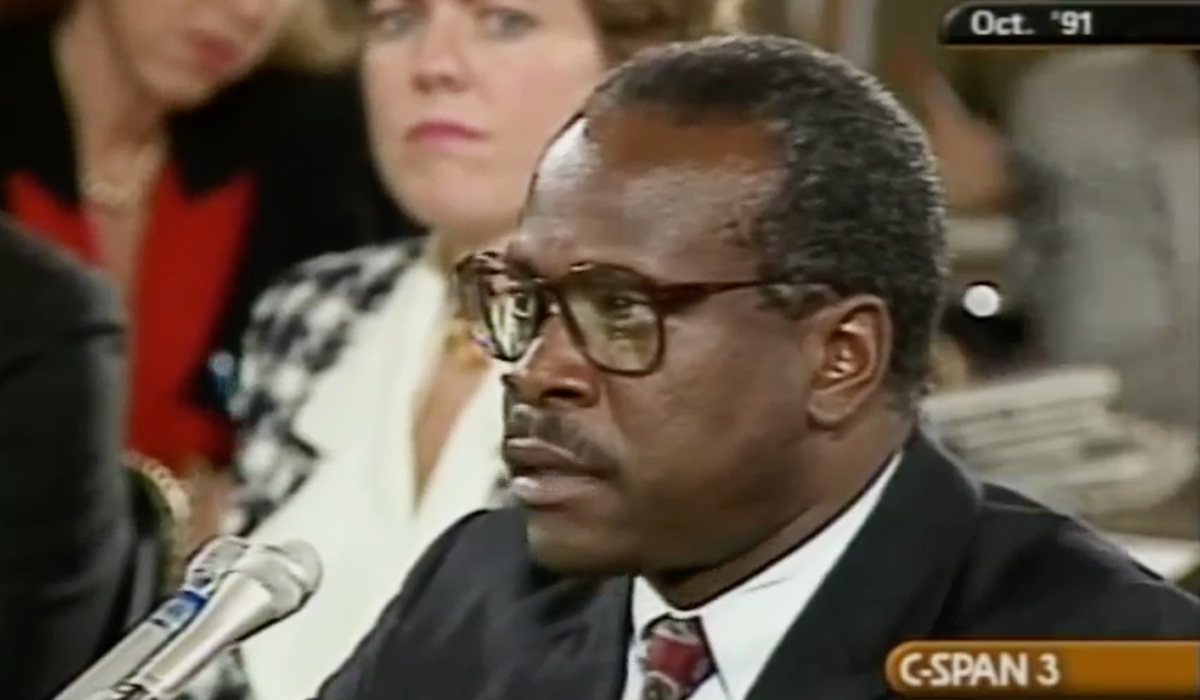
Supreme Court justices are expected to adhere to a strict code of conduct, far exceeding that of typical public officials. This includes avoiding conflicts of interest, maintaining impartiality, and upholding the highest standards of ethical behavior. Allegations of misconduct, even if ultimately unsubstantiated, can damage the Court’s reputation.
Judicial Independence versus Accountability
Balancing judicial independence with accountability is a complex challenge. Independence is vital for impartial decision-making, free from political influence. However, complete immunity from accountability risks undermining public trust and allowing misconduct to go unaddressed. The goal is to find a system that effectively addresses potential wrongdoing without compromising the Court’s independence.
Mechanisms for Investigating Judicial Misconduct
Several mechanisms exist for investigating judicial misconduct, each with potential benefits and drawbacks. Internal review processes within the judiciary can offer confidentiality but may lack the perceived impartiality of external investigations. External investigations, such as those conducted by the DOJ, offer greater independence but might be seen as an intrusion on the judiciary’s autonomy.
The Department of Justice’s Investigative Powers
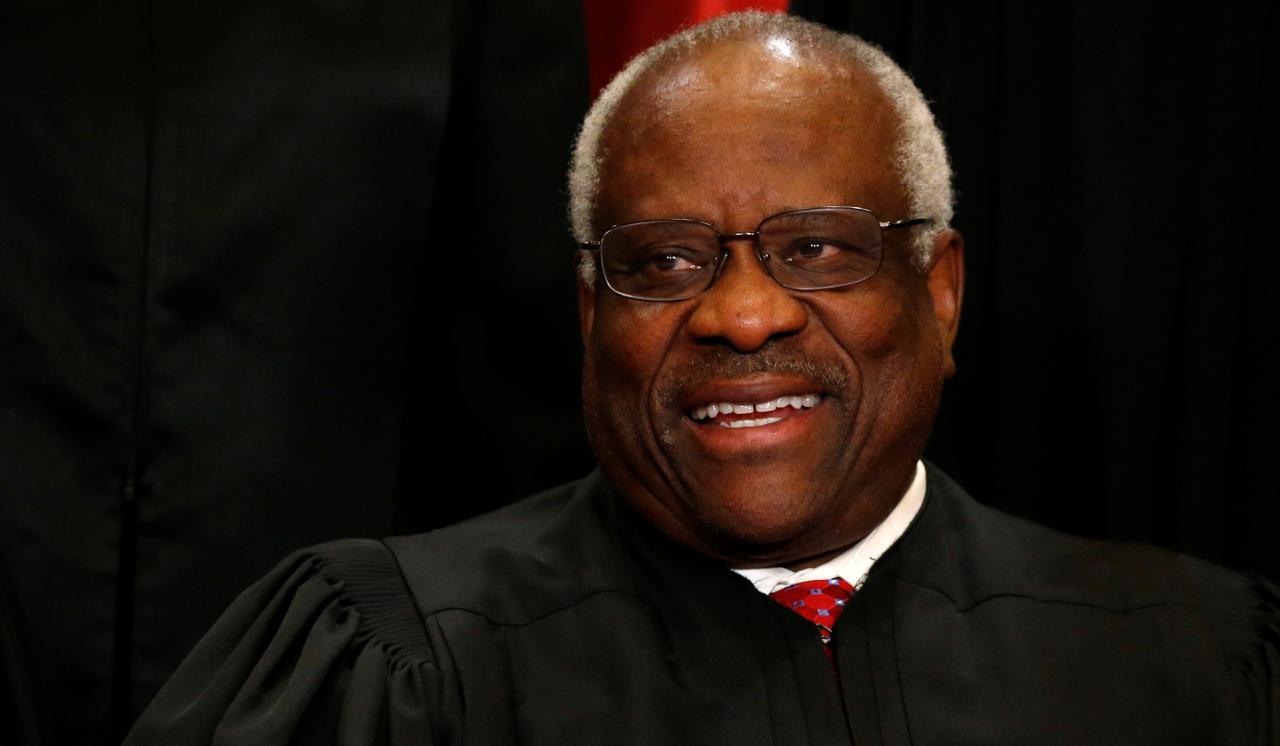
The Department of Justice’s investigative authority stems from its mandate to uphold federal law. It possesses broad powers to investigate potential crimes, including those involving high-ranking officials. The DOJ follows established procedures, ensuring due process and fairness throughout its investigations.
Legal Basis for DOJ Investigative Authority
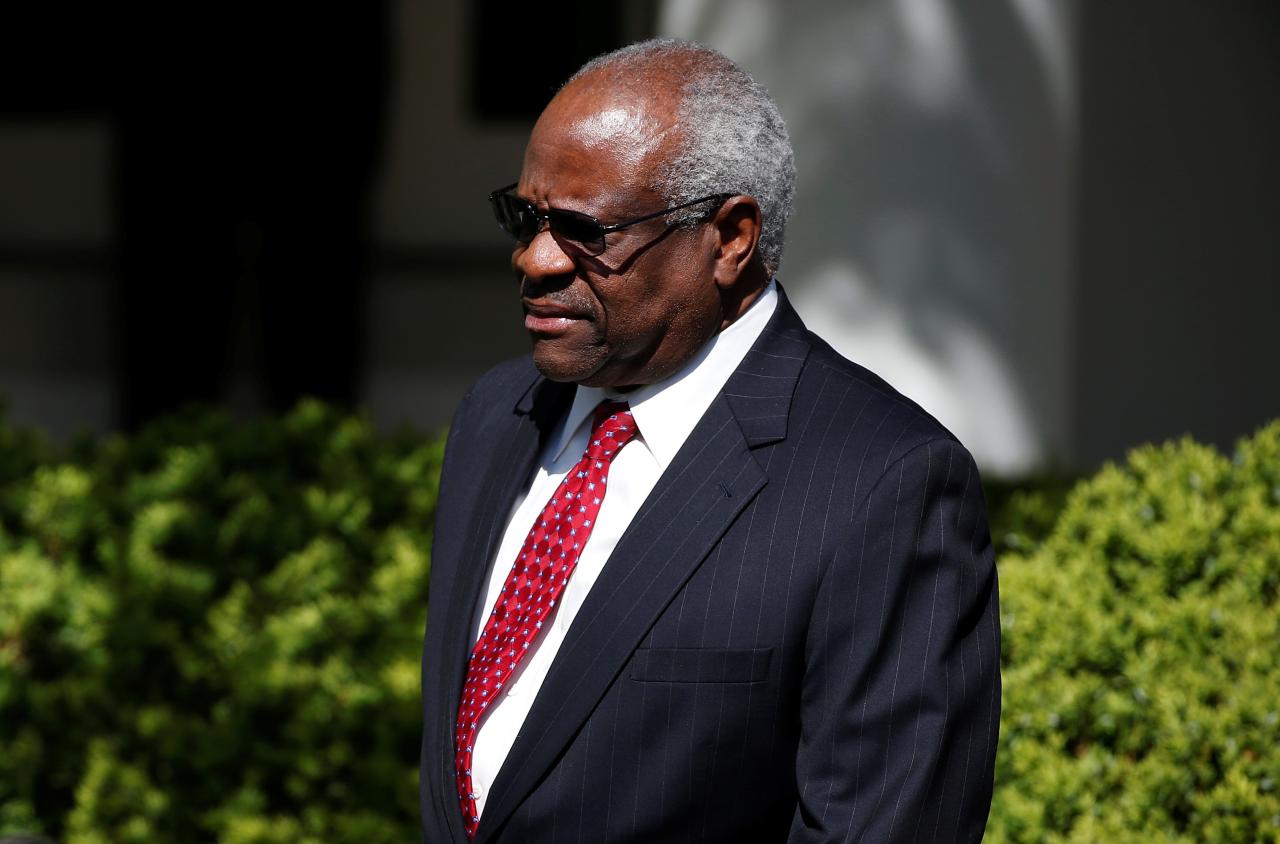
The DOJ’s authority is derived from various statutes and its inherent responsibility to enforce federal law. This includes the power to conduct investigations, subpoena witnesses, and ultimately, prosecute individuals suspected of criminal activity. The specific legal basis would depend on the nature of the alleged crime.
DOJ Investigative Processes and Procedures
DOJ investigations typically involve a multi-step process, starting with an initial assessment of the allegations, followed by gathering evidence, interviewing witnesses, and potentially, presenting findings to a grand jury. The exact procedures vary depending on the complexity and nature of the case.
Flowchart Illustrating DOJ Investigation Steps
| Step | Action | Timeline | Potential Outcomes |
|---|---|---|---|
| 1. Initial Assessment | Review of allegations, preliminary investigation | Weeks | Dismissal, further investigation |
| 2. Evidence Gathering | Interviews, document review, forensic analysis | Months | Sufficient evidence, insufficient evidence |
| 3. Grand Jury Presentation | Presentation of evidence to a grand jury | Weeks | Indictment, no indictment |
| 4. Prosecution/Closure | Trial or administrative action/case closure | Months to years | Conviction, acquittal, dismissal |
Potential Legal Challenges in a DOJ Investigation of a Supreme Court Justice
- Challenges to subpoenas and requests for information based on separation of powers arguments.
- Claims of prosecutorial overreach or politically motivated investigations.
- Arguments regarding executive privilege or other legal protections.
- Challenges to the admissibility of evidence.
Public Opinion and Media Coverage
Public reaction to the decision not to refer Clarence Thomas for a DOJ investigation has been sharply divided, reflecting pre-existing partisan divisions. Media coverage has been extensive, with different outlets framing the story through varying lenses, highlighting differing perspectives on the issue and its implications for the Supreme Court’s credibility.
Analysis of Public Reaction
Public opinion polls reveal a significant partisan divide in response to the decision. Supporters of Justice Thomas tend to view the lack of investigation as a vindication, while critics see it as a failure of accountability. The absence of a consensus underscores the highly politicized nature of the issue.
Media Framing and Public Perception
Media outlets have presented the story through different lenses, reflecting their respective political leanings. Some have emphasized the importance of judicial independence, highlighting the potential risks of politicizing Supreme Court investigations. Others have focused on the ethical concerns raised by the allegations and the need for accountability.
Contrasting Media Viewpoints
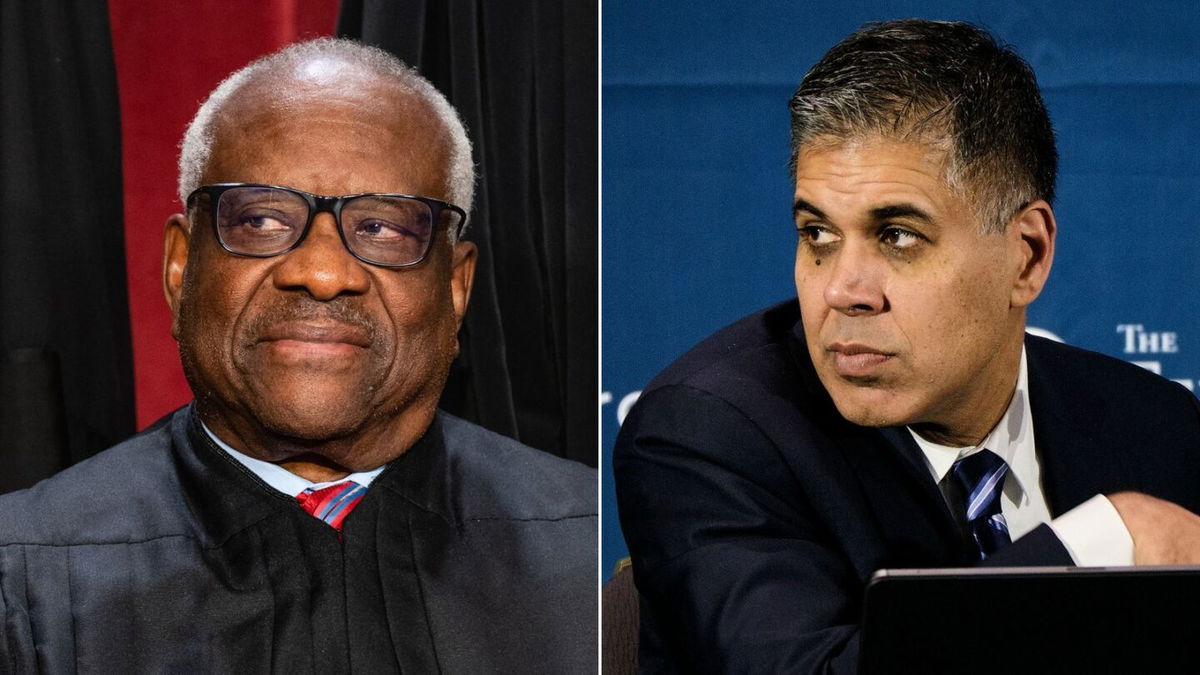
“The decision not to investigate protects the sanctity of the Supreme Court and upholds the principle of judicial independence.”
Source A (Conservative Outlet)
So, the federal courts decided against referring Clarence Thomas to the DOJ for investigation. This news broke right around the same time as the super-charged House Speaker election, where, as you can read about here: Republican Mike Johnson reelected House speaker after dramatic , things got pretty intense. The timing makes you wonder if the Thomas news got overshadowed by the political drama.
Ultimately, the courts’ decision leaves the Thomas situation unresolved for now.
“The lack of an investigation sends a dangerous message that Supreme Court justices are above the law.”
Source B (Liberal Outlet)
News Headline and Image Illustration
A potential headline might read: “Thomas Investigation Shelved: Justice or Injustice?” The accompanying image could depict a blindfolded Lady Justice standing before a divided nation, with one side celebrating and the other protesting. The visual would underscore the deep divisions in public opinion and the feeling of injustice among some segments of the population.
Potential Future Implications
The long-term consequences of the decision not to investigate Justice Thomas could be far-reaching, potentially impacting the Supreme Court’s legitimacy and public trust. This situation might lead to legislative or judicial responses aimed at clarifying ethical standards and investigative procedures for Supreme Court justices.
Long-Term Consequences on Supreme Court Legitimacy
The decision could fuel calls for reform, including enhanced ethical guidelines for justices, independent oversight mechanisms, and clearer processes for handling allegations of misconduct. The long-term impact on the Court’s legitimacy will depend on how the Court addresses these concerns and whether it can regain public confidence.
So, the federal courts are dodging a bullet on investigating Clarence Thomas – that’s a pretty big deal. Meanwhile, completely different news, check out this interview where Pierre Poilievre lays out his plans: Pierre Poilievre dévoile ses objectifs dans une entrevue accordée à. It’s interesting to compare the political fallout from both situations, especially considering the very different contexts.
The Thomas case highlights judicial independence, whereas Poilievre’s interview focuses on future policy.
Potential Legislative or Judicial Responses
Congress might consider legislation to establish clearer standards of conduct for Supreme Court justices and mechanisms for independent investigations. The judiciary itself might issue new guidelines or interpretations of existing ethical codes. These responses will shape the future of accountability within the Supreme Court.
Comparison to Other Instances of Potential Judicial Misconduct
This case shares similarities with past instances of alleged judicial misconduct, such as those involving financial disclosures or conflicts of interest. However, the high profile of Justice Thomas and the nature of the allegations make this case particularly significant. The lack of an investigation might set a precedent that influences how future allegations are handled.
Possible Future Scenario
A future scenario could involve similar allegations against another Supreme Court justice, potentially leading to increased public pressure for reform. Depending on the response of Congress and the judiciary, this could result in the establishment of a more robust and independent investigative body specifically for Supreme Court justices, or further erosion of public trust in the Court’s impartiality.
Final Thoughts
The decision not to refer Justice Thomas for a DOJ investigation concludes a chapter, but not the conversation. The ongoing debate about judicial accountability and the perceived impartiality of the Supreme Court will likely continue, influencing future discussions about ethical standards and investigative processes within the judicial branch. This case serves as a stark reminder of the enduring tension between upholding judicial independence and ensuring accountability to the public.
FAQ Resource
What are the potential long-term consequences of this decision?
Erosion of public trust in the Supreme Court, potential for future similar incidents, and calls for legislative reform are all possibilities.
What other mechanisms exist for investigating judicial misconduct?
Internal judicial review processes, impeachment proceedings, and ethics committees are potential avenues, though their effectiveness varies.
Could this decision be challenged legally?
While unlikely, a legal challenge could potentially argue that the courts’ inaction violates public interest or due process principles, though the grounds would be difficult to establish.
How does this case compare to past instances of alleged judicial misconduct?
Comparisons can be drawn to other instances where Supreme Court justices faced ethical questions, but the specifics of each case differ, influencing the public and political responses.
